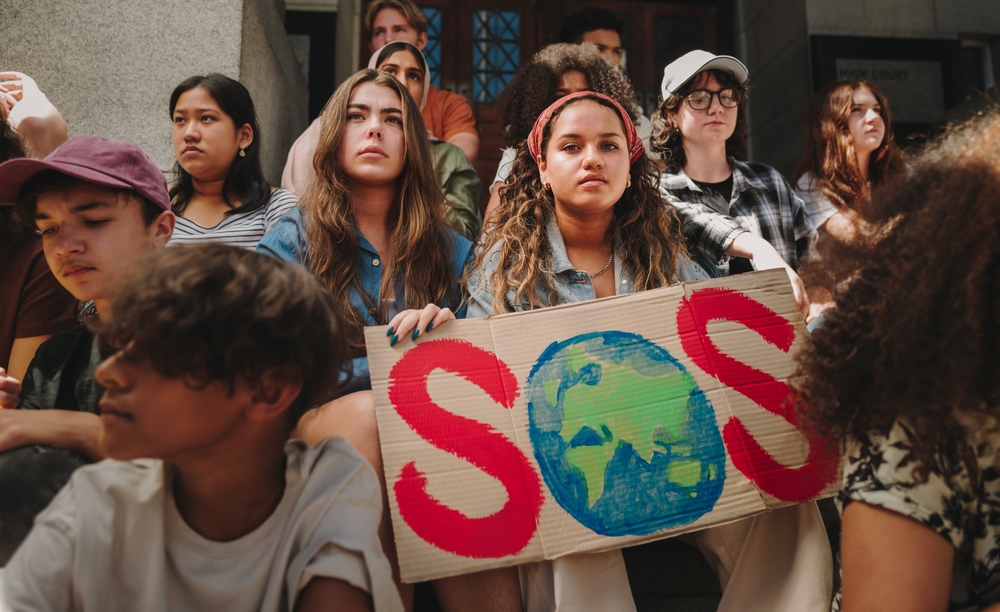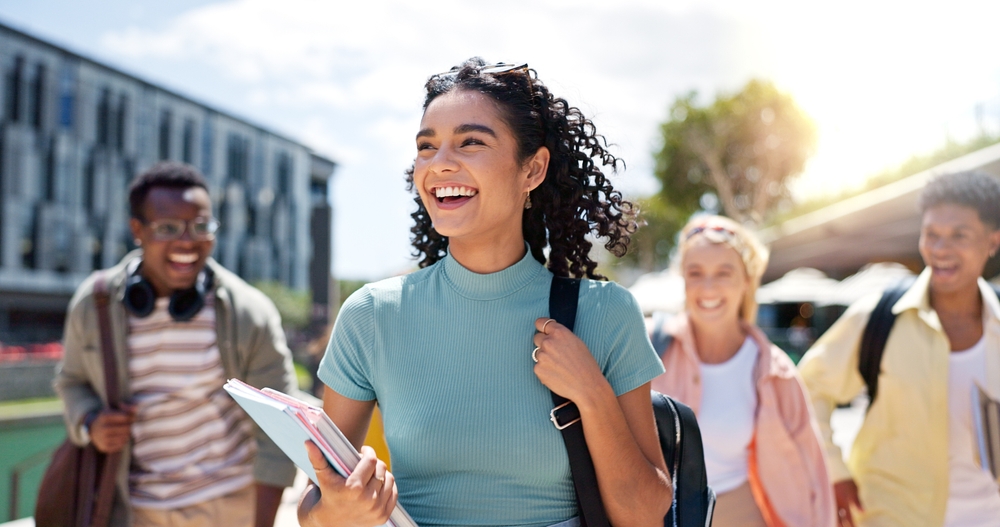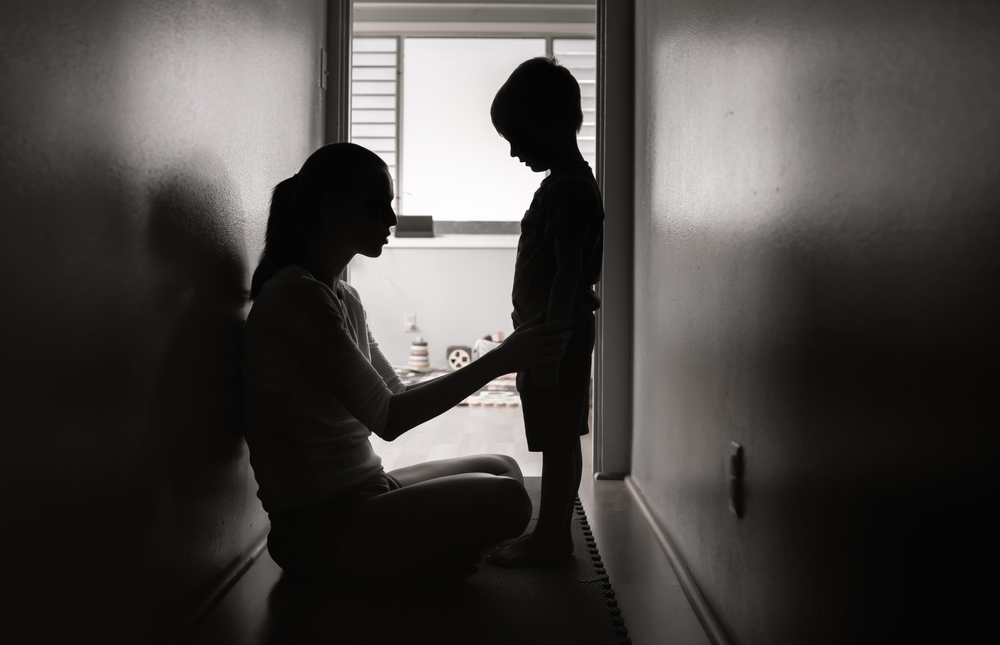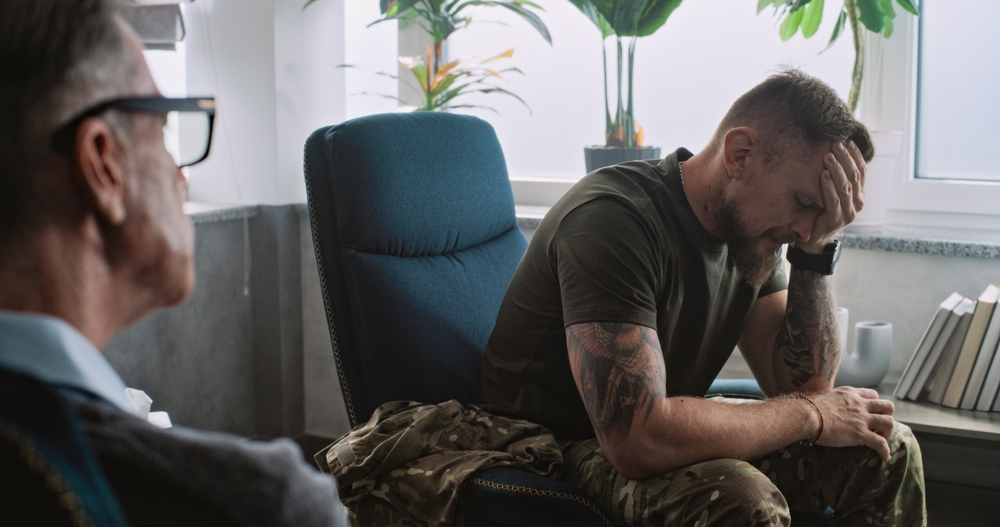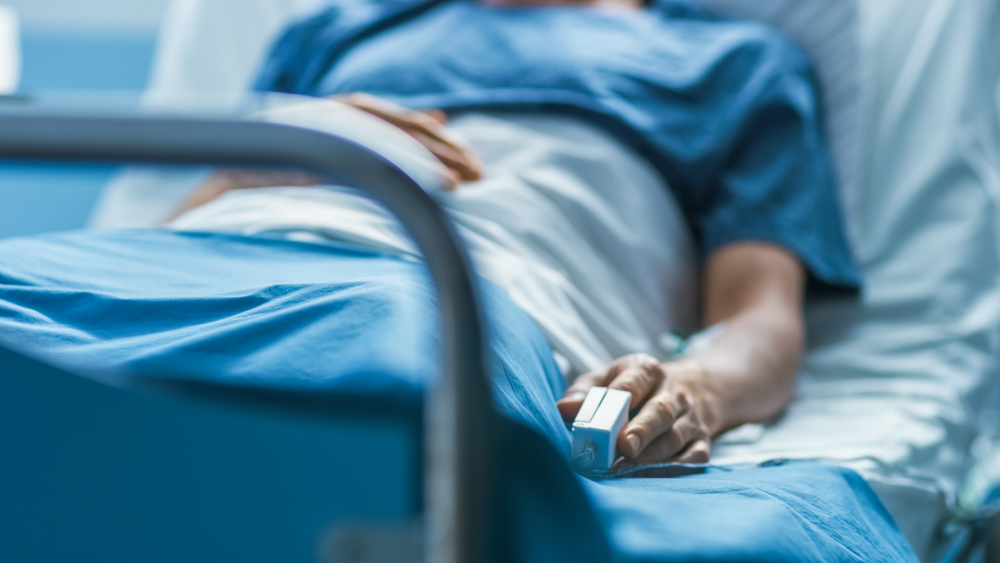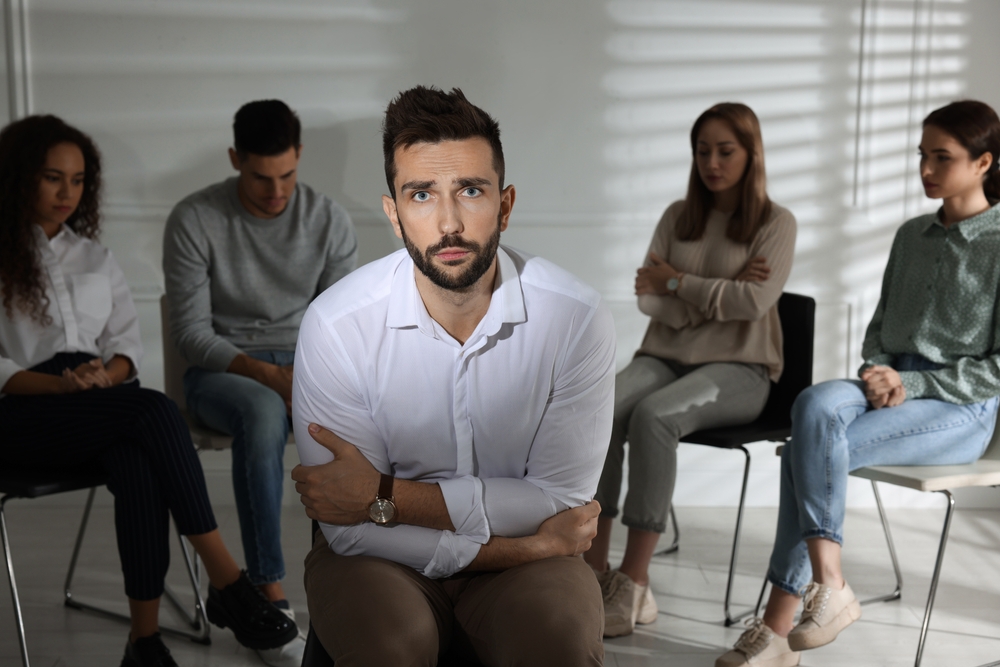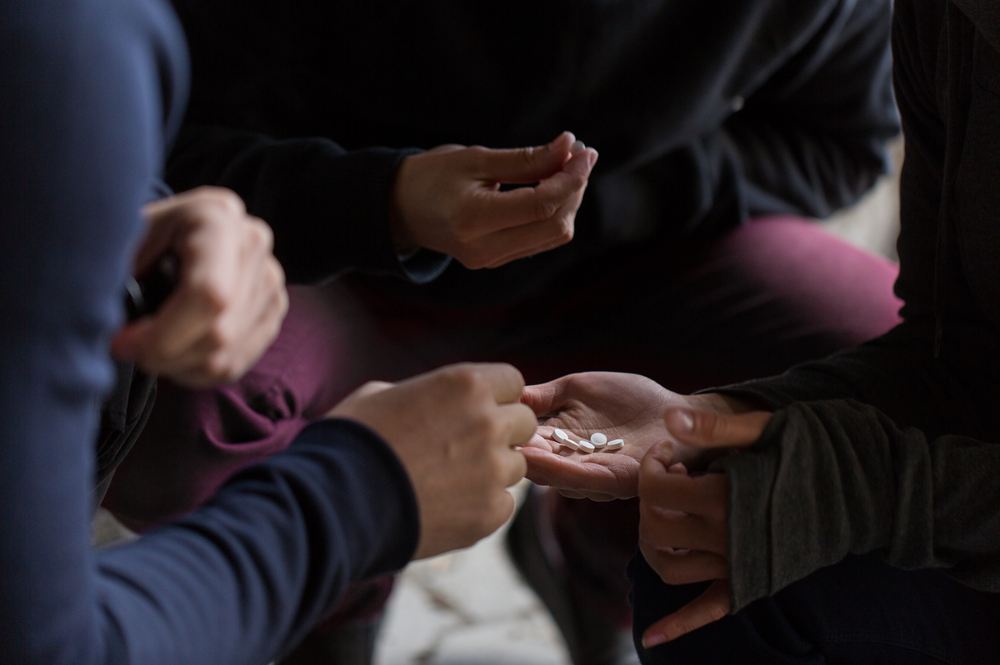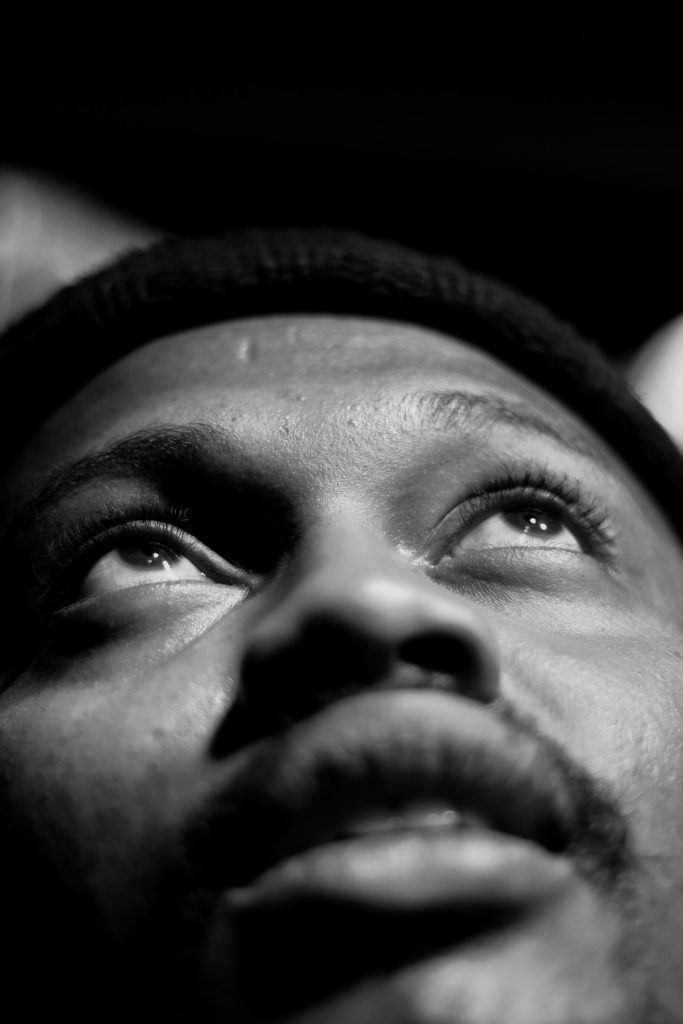How to Talk to a Loved One About Their Addiction Without Pushing Them Away
If you’ve noticed your loved one struggling with alcohol or drug addiction, you may feel torn. On one hand, you want to protect them. Conversely, you’re scared of saying the wrong thing and pushing them away. That tension is what makes conversations about addiction so overwhelming for family members and friends.
But the truth is, it’s not always about having the “perfect” talk. It’s about choosing the right time, using the right tone, and showing up patiently. Addiction is a disease, and like any health condition, the way we talk about it can either open a door, or shut it completely.
Let’s walk through, step by step, how to talk to a loved one in a supportive, nonjudgmental way.
Pick the Right Time and Place
Timing matters more than you think. Trying to talk when drinking becomes a problem, or during a heated argument, usually ends badly. Instead, aim for a calm, private moment.
Think of it this way: if you were about to share something vulnerable, you’d want to feel safe and unhurried. Your loved one deserves the same.

Try saying:
- “There’s something on my heart I’d like to talk about. Is now a good time, or would another time work better for you?”
Studies in mental health communication show that people are more receptive when they don’t feel cornered or attacked. A quiet living room on a Sunday afternoon will go further than a crowded kitchen after dinner.
Use Person-First Language
Words matter. Labels like “addict” or “alcoholic” may feel convenient, but they reduce someone’s identity to their struggle with addiction. Instead, use person-first language, putting your loved one before the disorder. Recent studies show that person-first language lowers stigma and makes people more willing to consider treatment facilities or support groups.
Try saying:
- “You’re my sister, and I see you’re going through a tough time with alcohol use disorder.”
- “I know you’re struggling, but that doesn’t define who you are.”
Listen More Than You Speak
Here’s where most family and friends trip up: they talk too much. Your role isn’t to fix everything in one conversation. It’s to listen carefully, so your loved one feels heard. Active listening signals: “You matter. I hear you.” That connection often opens the door to talking about treatment programs later.
Practical tip: Aim for 70% listening and 30% talking. Nod, reflect back on what you hear, and avoid rushing to solutions.
Try saying:
- “It sounds like work stress has been overwhelming. Did I get that right?”
- “Tell me more about how you’ve been feeling daily.”
Watch Out for Words That Hurt
Some phrases, even unintentional ones, can make your loved one shut down. And that can hinder a successful intervention process. Basically, when you approach the conversation, you should avoid saying things like:
❌ “Why can’t you just stop?”
❌ “You’re ruining this family.”
❌ “If you loved me, you’d quit.”
Instead, reframe the conversation around care, not blame.
Try saying:
- “What do you feel you need right now?”
- “I believe addiction is a disease, not a choice. I want to support you.”
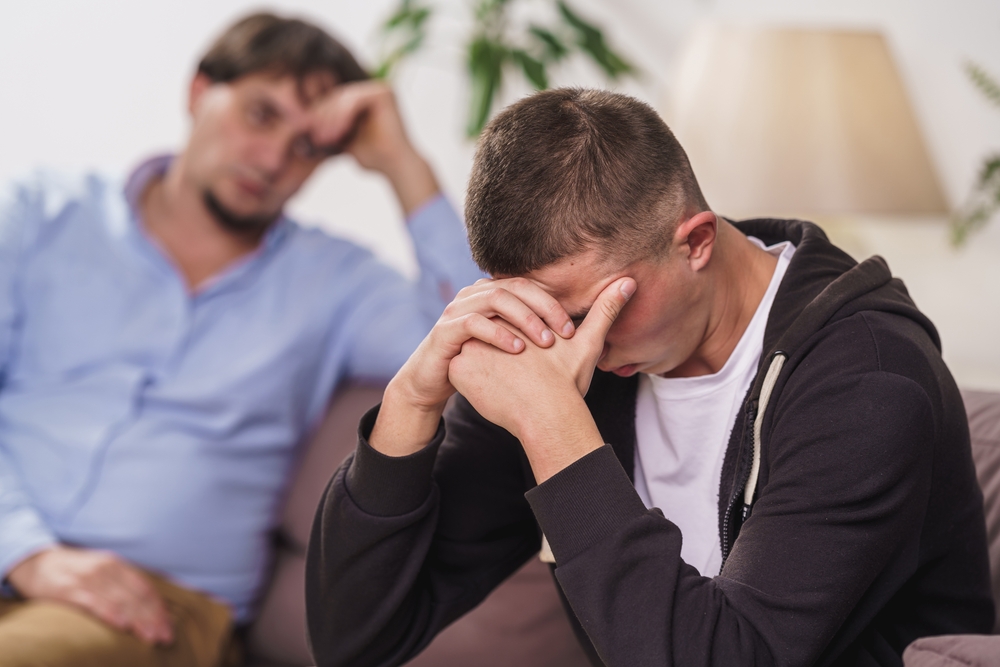
Set Healthy Boundaries
Loving someone with a substance use disorder doesn’t mean saying yes to everything. Boundaries protect both of you and stop enabling behaviors, like lending them money that goes to alcohol or drugs.
Try saying:
- “I can’t cover for you at work anymore, but I’ll go with you to a support group.”
- “I love you, but I won’t give you money. I will help you explore treatment facilities if you’d like.”
Boundaries aren’t punishment. They’re a way of saying: “I care about you, but I also need to take care of myself.” Family therapy often helps relatives learn how to set these boundaries together.
Encourage Treatment Without Ultimatums
It’s natural to want your loved one in an addiction treatment center as soon as possible. But pressure or ultimatums often backfire in these situations. Instead, gently share options and let them feel some control. According to the National Institute on Alcohol Abuse and Alcoholism, people who choose their own path to recovery are more likely to stay committed long term.
Types of treatment programs include:
- Outpatient therapy (live at home, attend sessions)
- Inpatient/residential care (structured environment, 24/7 support)
- Medication-assisted treatment (for cravings and withdrawal)
- Support groups like AA, SMART Recovery, or family therapy
Try saying:
- “I found some treatment facilities we could check out together, if you’re open.”
- “There are support groups nearby, would you like me to go with you the first time?”

Don’t Forget Your Own Support
It’s easy to put all of your energy into the person who’s struggling with addiction and forget about your own needs. But your well-being matters just as much. When you’re exhausted, burned out, or carrying everything on your own, it becomes harder to show up with the patience and stability your loved one needs.
That’s why support for families is so important. Groups like Al-Anon, Nar-Anon, or SMART Recovery exist so you don’t have to carry this alone. They give you a place to speak openly, connect with others who understand, and learn practical ways to cope.
Taking care of yourself is essential. When you have a support system around you, you gain the clarity and strength to manage the ups and downs of your loved one’s recovery. That stability allows you to show up fully, without losing sight of your needs.
Be Patient. Recovery Takes Time
Addiction recovery is rarely linear. Relapse happens, and it doesn’t mean failure. Like other chronic conditions, progress is often measured in small steps, not overnight changes.
Try saying:
- “I see your effort, and I’m proud of you.”
- “I know this isn’t easy. I’ll keep showing up for you.”
The key is consistency: staying calm, sticking to boundaries, and keeping the door open. Long-term recovery is possible, especially when family and friends remain engaged with love and patience.
These conversations are never simple, but they can be meaningful. Even if your loved one isn’t ready to accept help today, your words can plant a seed for tomorrow. What matters most is that you show up with honesty, patience, and respect, because those things break through walls far better than judgment ever could.
And when the time comes for your loved one to reach for support, you don’t have to figure it all out on your own. More Than Rehab is here to guide both individuals and families through the recovery journey with care and expertise. If you need help, give us a call today. We are available 24/7, 365 days a year.





